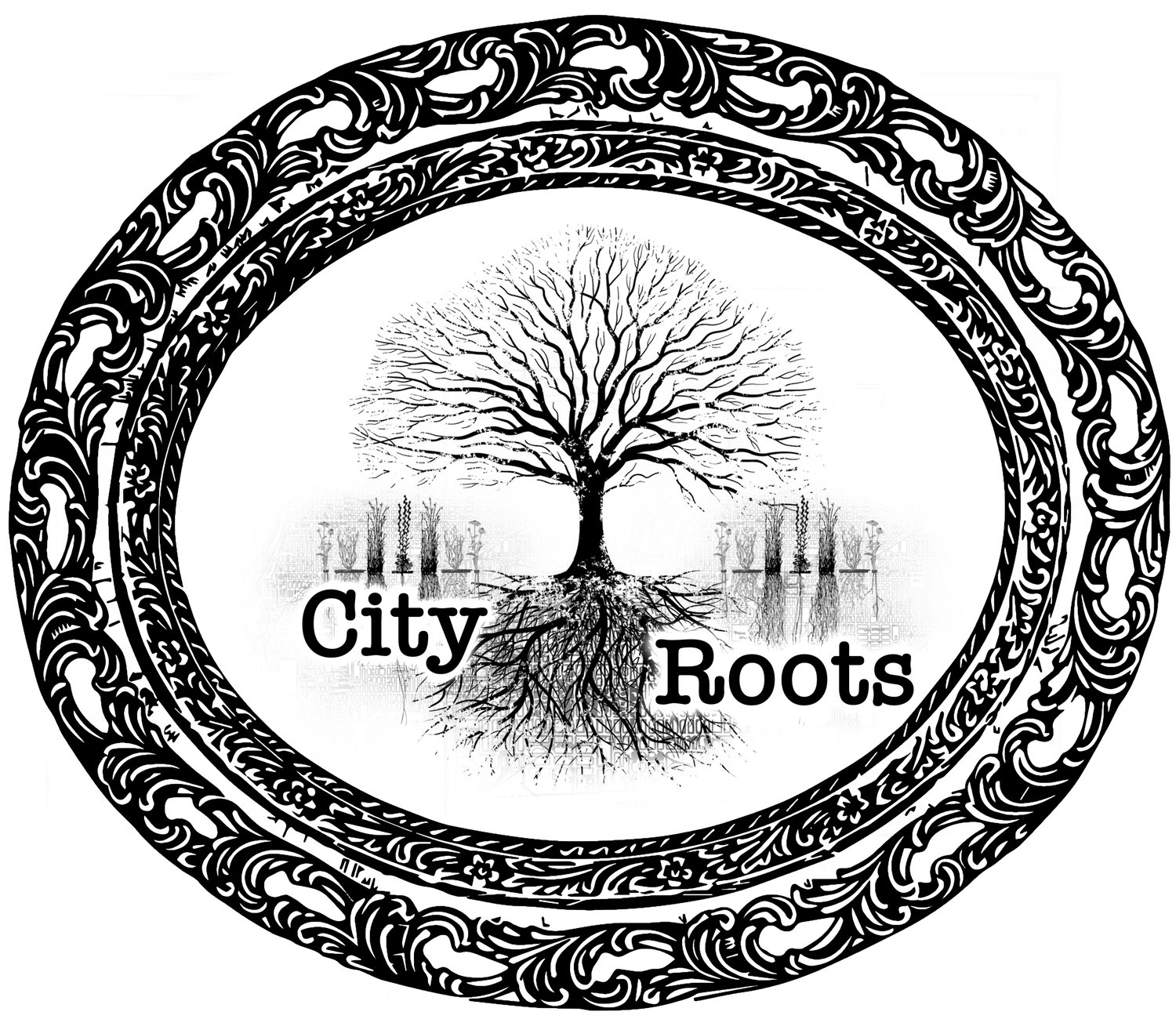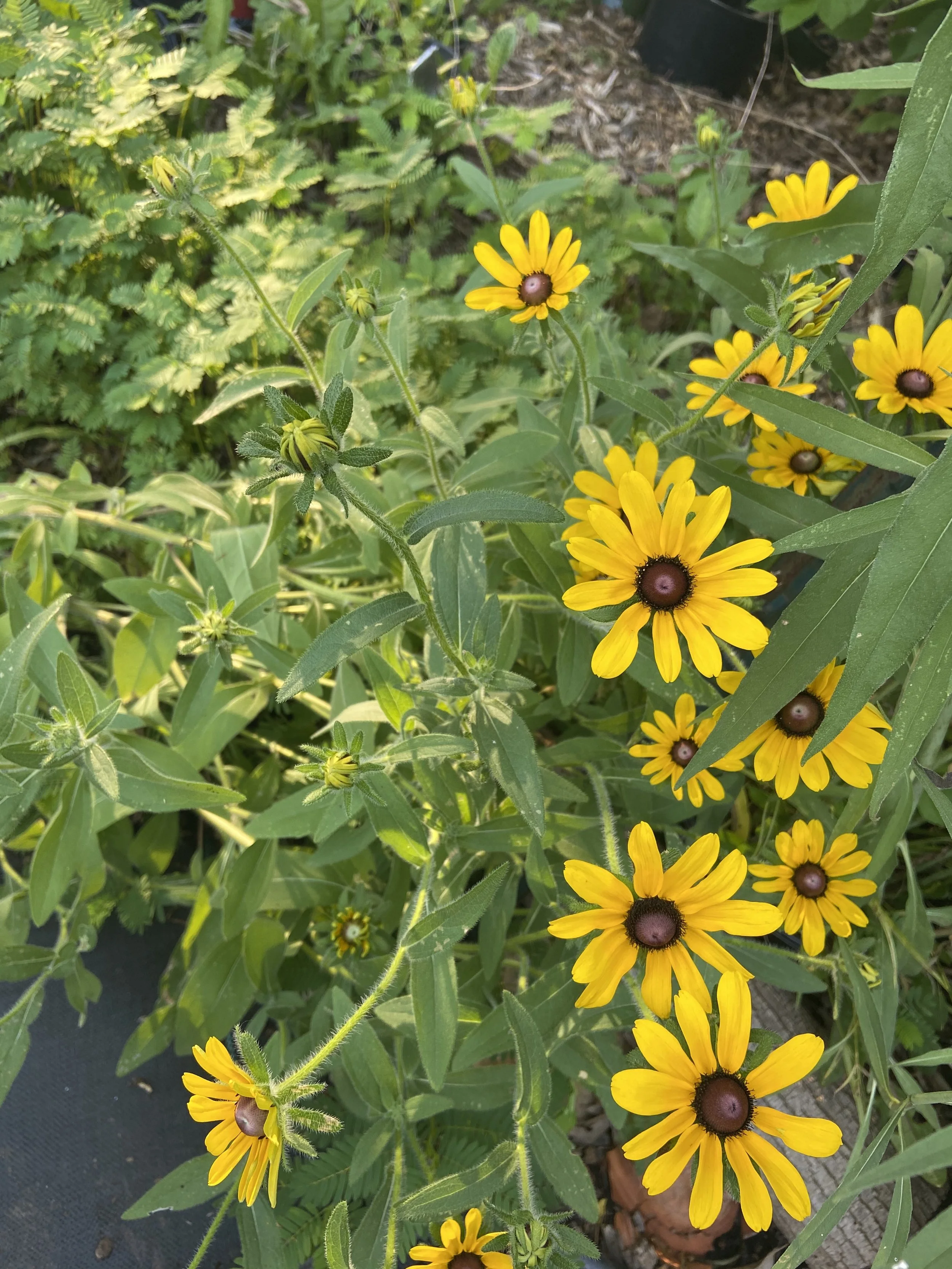Rudbeckia hirta / Black Eyed Susan
Light: Full Sun
Soil: Dry to moist
Growth: 1-3 feet tall
Bloom: yellow bloom June-September
Info: This common native perennial is short lived but if allowed to reseed you will always have some in the garden. Most often the plant only forms a rosette of leaves near the ground its fist year, and then in its second year blooms. In the wild this plant can be found in woods, prairies, glades, and savannas. It can tolerate moist to dry soils. This plant is important for bees, butterflies, and birds. It is the larval host of the Gorgone Checkerspot and Bordered Patch Butterfly. Native Americans used this plants root in teas for worms and colds. They made a wash with the roots for treating sores and snakebites.
Light: Full Sun
Soil: Dry to moist
Growth: 1-3 feet tall
Bloom: yellow bloom June-September
Info: This common native perennial is short lived but if allowed to reseed you will always have some in the garden. Most often the plant only forms a rosette of leaves near the ground its fist year, and then in its second year blooms. In the wild this plant can be found in woods, prairies, glades, and savannas. It can tolerate moist to dry soils. This plant is important for bees, butterflies, and birds. It is the larval host of the Gorgone Checkerspot and Bordered Patch Butterfly. Native Americans used this plants root in teas for worms and colds. They made a wash with the roots for treating sores and snakebites.
Light: Full Sun
Soil: Dry to moist
Growth: 1-3 feet tall
Bloom: yellow bloom June-September
Info: This common native perennial is short lived but if allowed to reseed you will always have some in the garden. Most often the plant only forms a rosette of leaves near the ground its fist year, and then in its second year blooms. In the wild this plant can be found in woods, prairies, glades, and savannas. It can tolerate moist to dry soils. This plant is important for bees, butterflies, and birds. It is the larval host of the Gorgone Checkerspot and Bordered Patch Butterfly. Native Americans used this plants root in teas for worms and colds. They made a wash with the roots for treating sores and snakebites.

